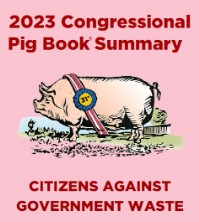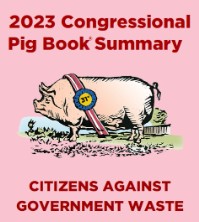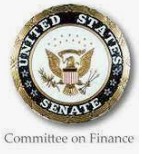
Eliminate Earmarks For The F-35 JSF Program
1-Year Savings: $1.5 billion
5-Year Savings: $7.5 billion
The many problems of the JSF make it impossible to justify Congress adding funding beyond that requested by the DOD. Total acquisition costs of the program now exceed $428 billion, 84 percent greater than the initial estimate of $233 billion, with projected lifetime operations and maintenance costs of $1.727 trillion.
In February 2014, then-Under Secretary of Defense for Acquisition, Technology, and Logistics and now Air Force Secretary Frank Kendall referred to the purchase of the F-35 as “acquisition malpractice.” On April 26, 2016, the late John McCain (R-Ariz.), who was then chairman of the Senate Armed Services Committee, called the JSF program “both a scandal and a tragedy with respect to cost, schedule, and performance.”
The JSF has been dragged down by an array of persistent issues, many of which were highlighted in the FY 2019 DOD Operational Test and Evaluation Annual Report, which revealed 873 unresolved deficiencies including 13 Category 1 items, involving the most serious flaws that could endanger crew and aircraft. While this was an overall reduction from the 917 unresolved deficiencies and 15 Category 1 items found in September 2018, the report stated that “although the program is working to fix deficiencies, new discoveries are still being made, resulting in only a minor decrease in the overall number of deficiencies.”
Many of the problems with the F-35 program can be traced to the decision to develop and procure the aircraft simultaneously. Whenever problems have been identified, contractors needed to go back and make changes to planes that were already assembled, adding to overall costs. Speaking at the Aspen Security Forum on July 24, 2015, then-Air Force Secretary Deborah Lee James stated, “The biggest lesson I have learned from the F-35 is never again should we be flying an aircraft while we’re building it.”



















Recent Comments